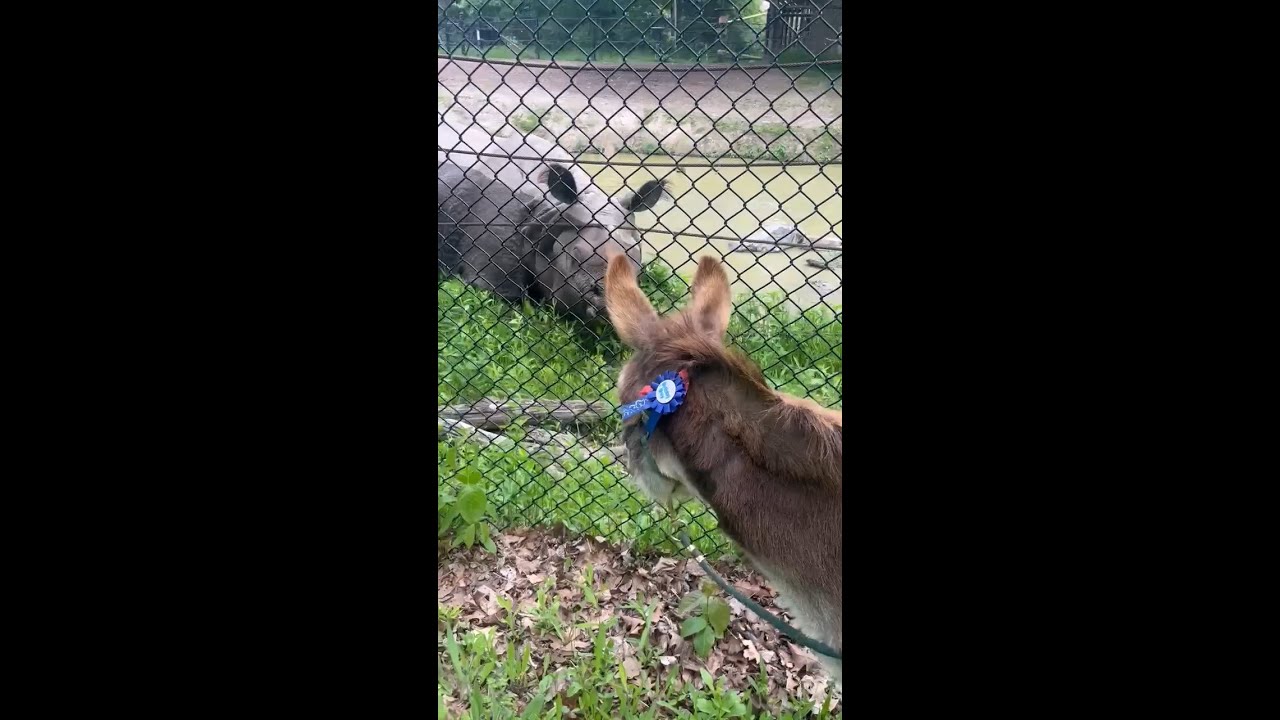- The significance of accurate species identification in zoological management and conservation efforts
- Understanding the behavioral and physical characteristics of Stirling, the donkey
- The role of educational videos in promoting wildlife conservation
- The importance of habitat preservation for donkeys and similar species
In zoology and wildlife conservation, accurate species identification plays a critical role. It forms the foundation of effective zoo management, supports the preservation of biodiversity, and aids in developing targeted conservation strategies. The case of Stirling, a donkey that garnered attention due to its unusual appearance, is a testament to recognizing and understanding the distinctions among species.
Stirling’s case illuminates the necessity for thorough knowledge about an animal’s behavioral and physical characteristics. Donkeys, scientifically known as Equus asinus, are often recognized for their endurance, strength, and adaptability. These traits have made them invaluable to humans for thousands of years. Unlike horses, with whom they share a genus, donkeys have longer ears, a heavier build, and a more patient demeanor. These differences are not trivial; they impact how animals are cared for in zoos and sanctuaries. Providing an environment closely mirrors their natural habitat is crucial for their physical and psychological well-being.
Furthermore, Stirling’s story underscores the utility of educational videos in wildlife conservation efforts. Video content focusing on animals like Stirling can play a pivotal role in raising awareness about species-specific needs and challenges. For instance, the destruction of natural habitats, a significant threat to wild donkeys and many other species, can be brought to the forefront through engaging and informative content. These videos often serve as a bridge between the general public and conservationists, fostering a deeper understanding and appreciation for wildlife.
Preservation of natural habitats is vital for the survival of donkeys and myriad other wildlife species. Habitat destruction, driven by urban expansion, agriculture, and climate change, poses a severe threat to our planet’s biodiversity. Donkeys, often found in semi-arid to arid regions, rely on specific vegetation types and vast spaces to graze and exercise. The loss of these habitats can lead to severe consequences, including reduced food availability, increased competition for resources, and disruption of social structures. Efforts to conserve and restore these natural environments are essential for the continued existence of donkeys and other wildlife populations.
In summary, the case of Stirling, the strange-looking donkey, spotlights several core themes in zoo management and wildlife conservation. The accuracy in species identification ensures that animals receive appropriate care and that conservation efforts are properly directed. Understanding the unique qualities of each species aids in creating environments that support their health and happiness. Additionally, leveraging educational content like videos can play a significant role in promoting wildlife conservation. Finally, habitat preservation emerges as a critical factor for the survival of not just donkeys but countless other species facing the threat of extinction. Through comprehensive and informed approaches, we can support the thriving of diverse animal populations globally, fostering a healthier and more sustainable planet for future generations.
*****
Source Description
“That’s a strange looking donkey”- Stirling 🐴
The birthday steed celebrated by visiting some of his unlikely animal friends today, including Kiran the greater one-horned rhino 🦏

